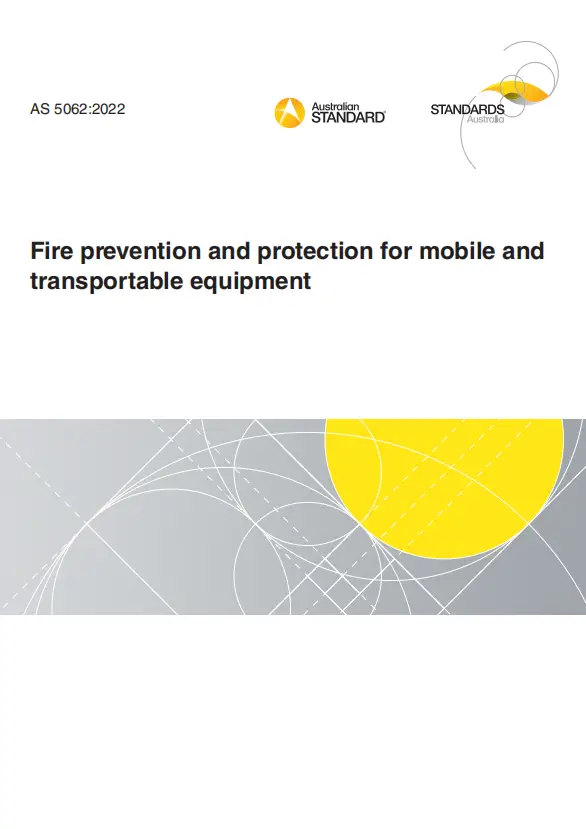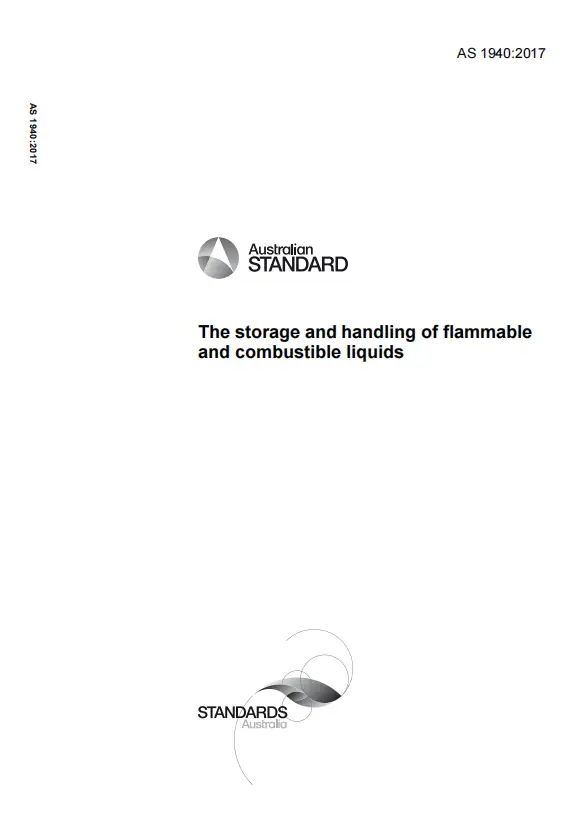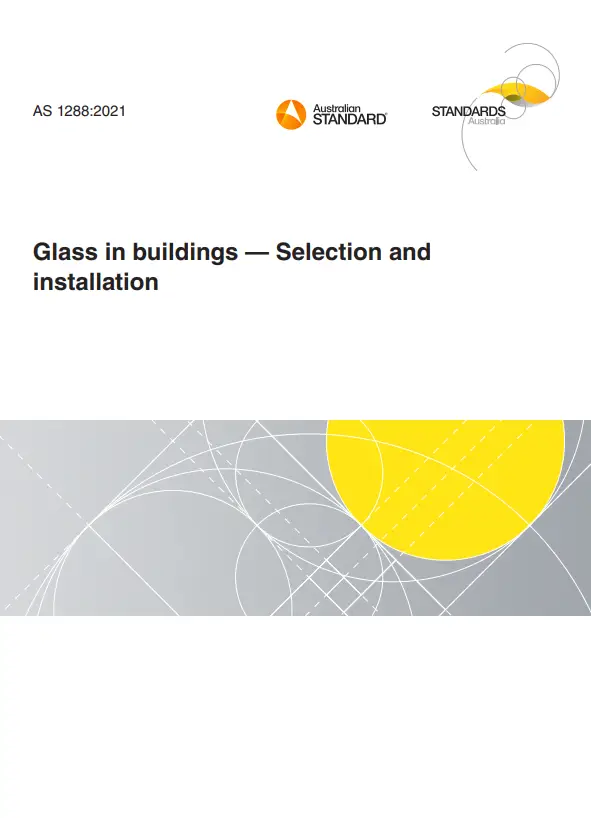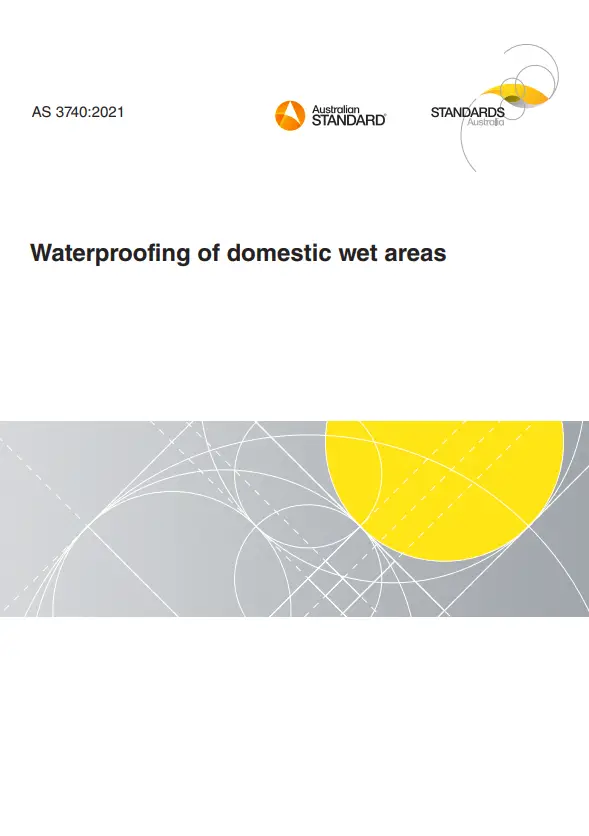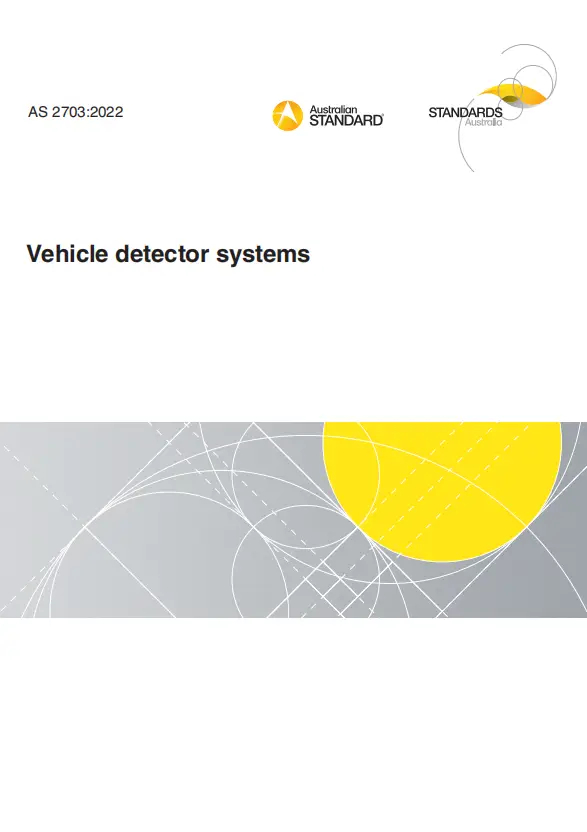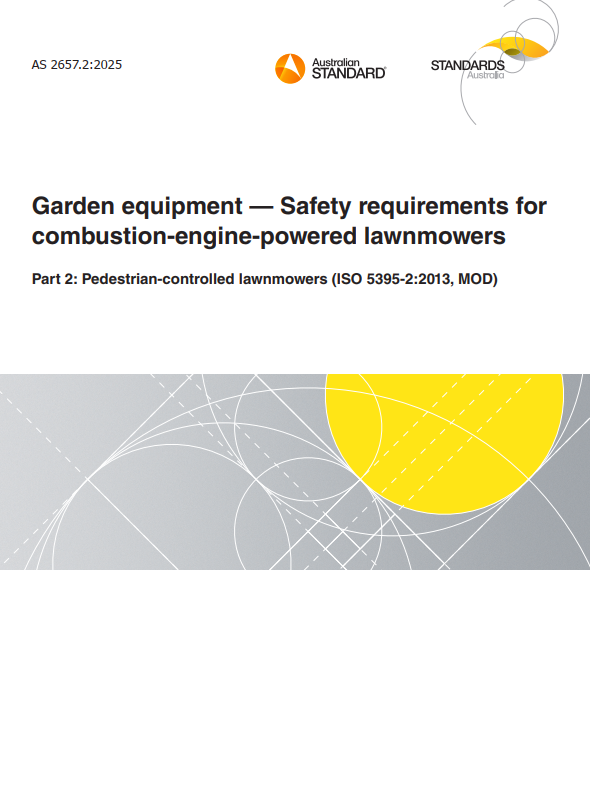Table of cotents
1 Scope and general
1.1 Scope
1.2 Normative references
1.3 Terms and definitions
1.4 Interpretation of specified limiting values
2 Fire risk management
2.1 General
2.1.1 Design objective
2.1.2 Fire risk management process
2.1.3 Risk assessment
2.1.3.1 General
2.1.3.2 Process
2.1.3.3 Methods
2.1.4 Fire incidents
2.2 Consultation
2.3 Records
2.4 Fire hazard identification
2.4.1 General
2.4.2 Fuel sources
2.4.2.1 General
2.4.2.2 Types
2.4.2.3 Properties
2.4.3 Oxidizers
2.4.4 Ignition sources
2.4.5 Potential fire hazard locations
2.4.6 Operating environments
2.5 Fire risk analysis
2.5.1 General
2.5.2 Fire risk determination
2.5.2.1 General
2.5.2.2 Fire effects
2.5.3 Operational conditions
2.5.4 Existing risk controls
2.6 Fire risk evaluation
2.7 Monitoring and review
3 Fire risk reduction
3.1 Risk identification and assessment
3.1.1 General
3.1.2 Risk reduction hierarchy
3.1.3 Introduction of further risk
3.2 Design measures and safeguards
3.2.1 General
3.2.2 Ignition sources
3.2.2.1 General
3.2.2.2 Surface temperatures
3.2.2.3 Design measures
3.2.3 Fuel sources
3.2.4 Hoses and piping
3.2.5 Overheating
3.2.6 Segregation
3.2.7 Accumulation of combustible or flammable materials
3.2.8 Reduction of fire effects
3.2.9 Egress
3.2.10 Surface temperature testing and measurement
3.3 Operation and maintenance
3.3.1 Maintenance and housekeeping
3.3.1.1 Maintenance
3.3.1.2 Defect management
3.3.1.3 Accumulation of combustible or flammable materials
3.3.1.4 Components
3.3.2 Training
3.4 Fire-protection systems
3.5 Documentation
4 Safety requirements
4.1 Emergency procedures
4.2 Emergency stop device
4.3 Signs and warning notices
4.3.1 General
4.3.2 Action in the event of fire
4.3.3 Fire-protection system warning notices
4.3.4 Manual actuation instruction notice
4.4 Fire extinguishers
4.4.1 General
4.4.2 Selection
4.4.3 Training
4.4.4 Location
4.4.5 Maintenance
5 Fire-protection systems
5.1 General
5.2 Fire-protection system functions
5.2.1 General
5.2.2 Fire detection and alarm system with automatically operated suppression system
5.2.3 Fire detection and alarm system with manually operated fire suppression system
5.2.4 Manually operated fire suppression system
5.2.5 Fire detection and alarm system only
5.3 Extinguishing agent
5.3.1 General
5.3.2 Selection
5.4 Operating conditions
5.5 Fire-protection system specification
5.6 Listed fire-protection systems
5.6.1 General
5.6.2 Systems using multiple agents
5.7 Fire testing requirements for foam water spray fire suppression
5.7.1 General
5.7.2 Test 1 acceptance criteria
5.7.3 Test 2 acceptance criteria
5.8 Design and installation
5.9 Equipment modifications
5.10 Documentation
5.11 Fire-protection systems
5.11.1 General
5.11.2 Isolation of fire suppression systems
5.12 System safety requirements
5.12.1 Electrical clearances
5.12.2 Safety clearances
6 Fire-protection system design
6.1 General
6.1.1 Common types of systems
6.1.2 Design
6.1.3 Fire system specification
6.2 Design documentation
6.2.1 General
6.2.2 Specific design detail
6.2.3 Provision of design documentation
6.3 System design procedures
6.4 Quantity of agent
6.4.1 General
6.4.2 Special conditions
6.5 Equipment shutdown
6.6 Air handling
6.7 Discharge time
6.8 Containment of extinguishing agent
6.9 Identification of discharge nozzles
7 Extinguishing system supply
7.1 Storage containers
7.1.1 General
7.1.2 Pressurized containers
7.1.3 Pressure indication
7.1.4 Pressurized container transport and storage
7.2 Storage container arrangement
7.2.1 General
7.2.2 Location and mounting
7.2.3 Agent storage container orientation
7.3 Identification, marking and labelling of containers
7.3.1 Colour identification
7.3.2 Permanent markings
7.3.3 Labelling
7.4 Fire-protection system control valves
7.4.1 General
7.4.2 Isolating valves
8 Extinguishing agent distribution system
8.1 General
8.2 Distribution system supports
8.3 Compatibility
8.4 Installation of distribution system
8.4.1 General
8.4.2 Flow restrictions
8.5 Nozzles
8.5.1 General
8.5.2 Nozzle choice and location
9 Fire-detection, actuation and control systems
9.1 General
9.2 Fire suppression and safe egress
9.3 Manual actuation
9.4 Electrical systems
9.5 Pneumatic systems
9.6 Mechanical systems
9.7 Control and indicating equipment
9.7.1 General
9.7.2 System status indication panel
9.7.3 System control and indicator panel
9.7.3.1 General
9.7.3.2 Power supply
9.7.4 Marking
9.7.5 Engine shutdown
9.7.6 Engine shutdown time delay — Optional function
9.7.7 Engine shutdown override — Optional function
9.7.8 Audible indication
9.7.9 Visual indication
9.7.10 Container pressure switch input
10 Commissioning and acceptance of fire-protection systems
10.1 General
10.2 Discharge test
10.2.1 General
10.2.2 Reporting
10.3 System function and operation test
10.4 Completion report and documentation
10.5 Operation and maintenance manuals
10.6 Training
11 Service of fire-protection systems
11.1 General
11.2 Service personnel competency
11.3 Records
11.3.1 General
11.3.2 Service tag or label
11.4 Precautions
11.5 Recharge of extinguishing agent
11.6 Service requirements
11.6.1 General
11.6.2 Defects
11.6.3 Design survey
11.6.4 Condition report
11.7 Routine service schedules for pre-engineered systems
11.8 Routine service schedules for water deluge systems
Appendix A
A.1 General
A.2 Systems using foam agents
A.2.1 General
A.2.2 Foam water spray systems
A.2.3 Low, medium and high expansion foam systems
A.2.4 Compressed-air foam systems
A.3 Powder systems
A.4 Condensed aerosol systems
A.5 Wet chemical systems
A.6 Dual- or multi-agent systems
A.7 Water mist systems
A.8 Gaseous systems
A.9 Water deluge systems
Appendix B
B.1 General
B.2 Qualitative analysis
B.3 Semiquantitative analysis
B.4 Quantitative analysis
B.5 Sensitivity analysis
Appendix C
Appendix D
Appendix E
E.1 Scope
E.2 General requirements
E.3 Test 1 — Fuel spill extinguishment and reignition test — Direct application
E.3.1 General
E.3.2 Principle
E.3.3 Apparatus
E.3.4 Apparatus arrangement
E.3.5 Procedure
E.3.6 Records
E.4 Test 2 — Fuel spill extinguishment and fuel spray reignition test — Indirect application
E.4.1 General
E.4.2 Principle
E.4.3 Apparatus
E.4.4 Apparatus arrangement
E.4.5 Procedure
E.4.6 Records
E.5 Reporting
Appendix F
Appendix G
Appendix H
Bibliography

